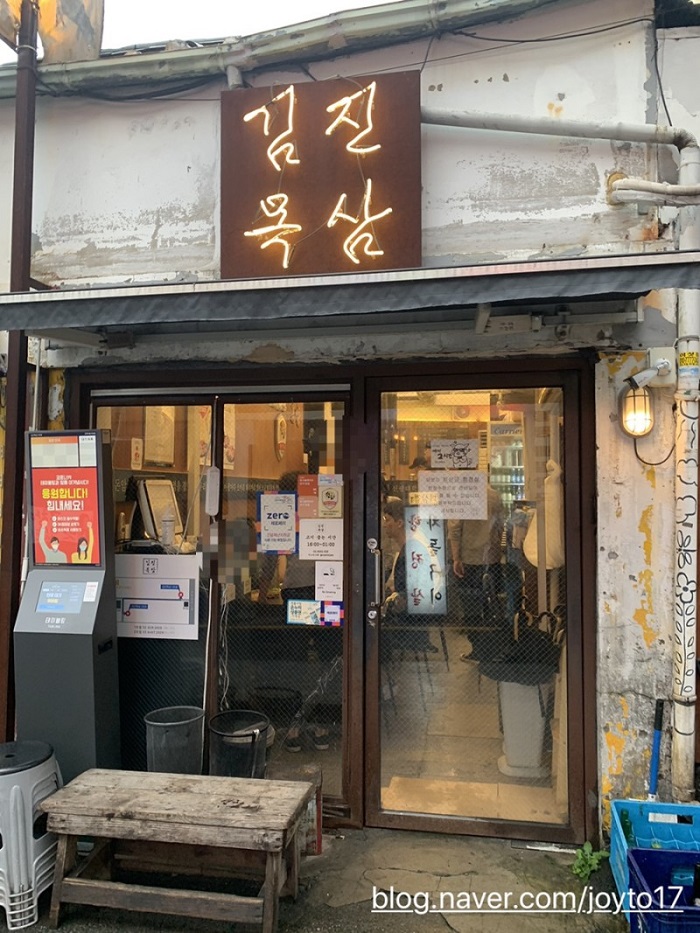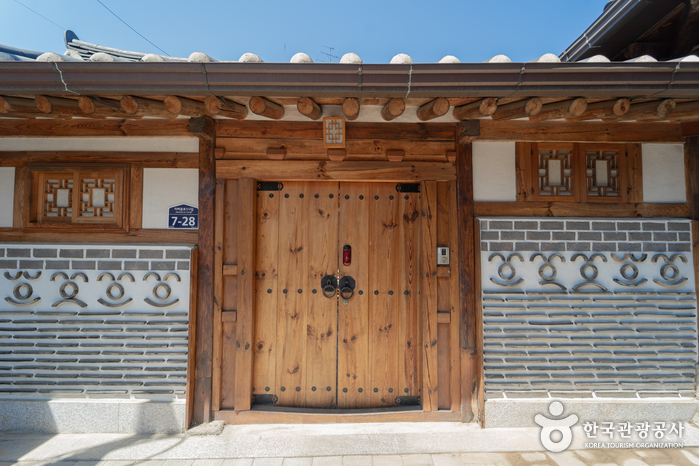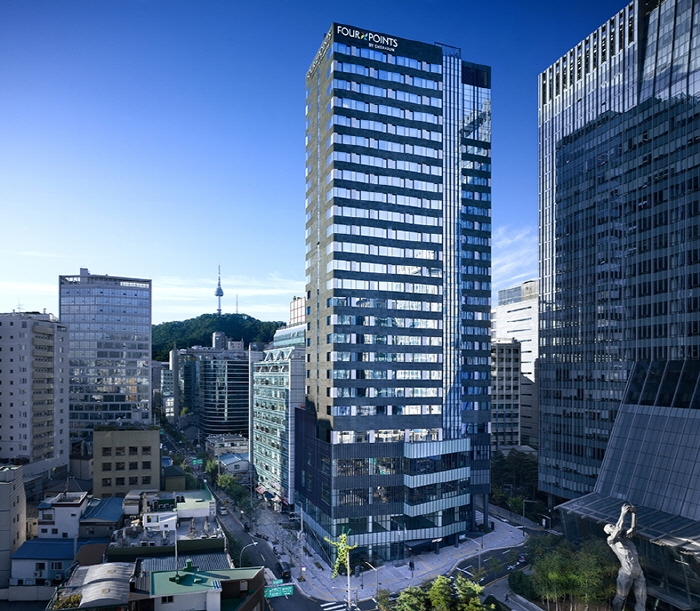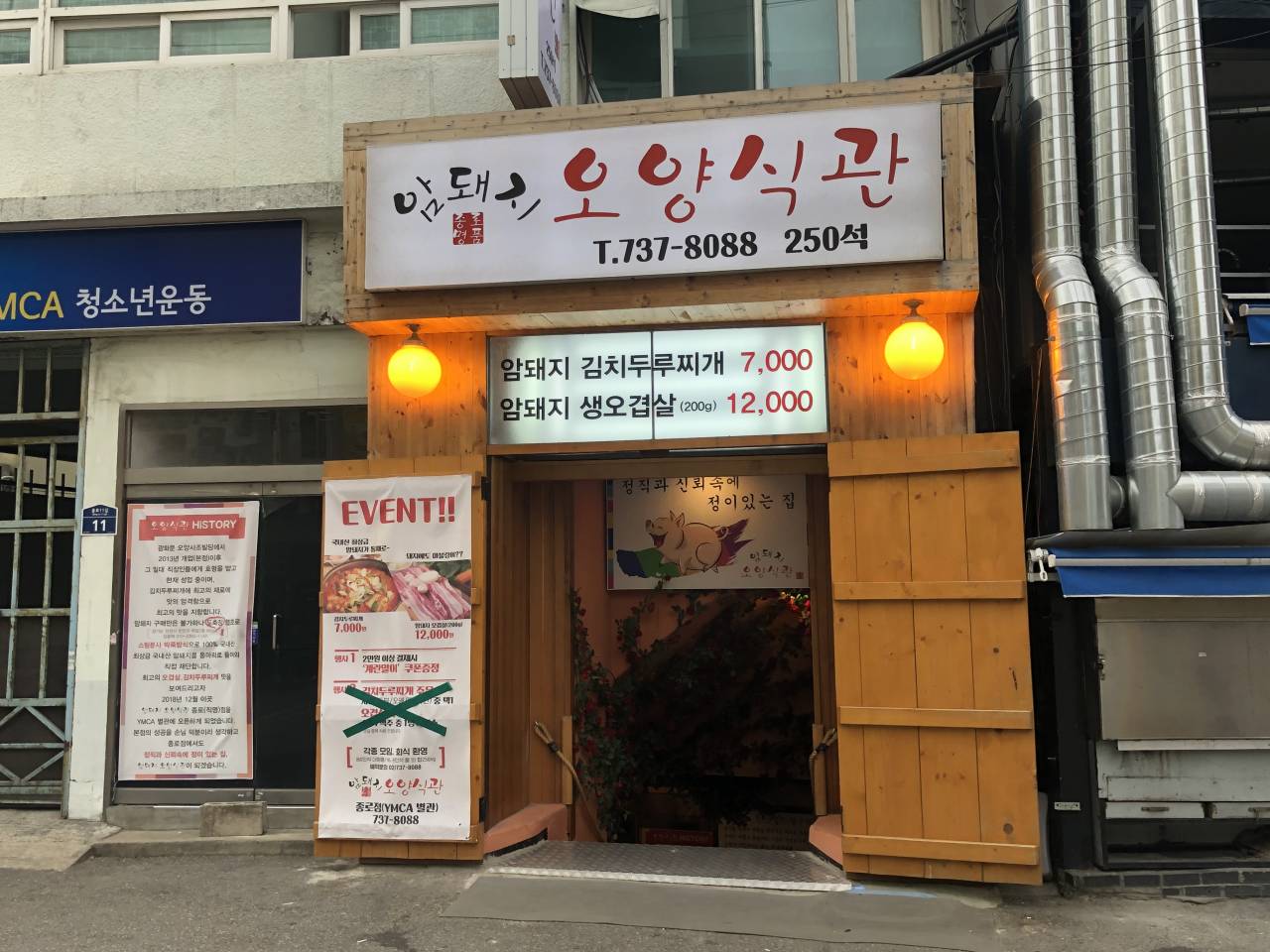HANILKWAN - Gwanghwamun Branch (한일관 광화문)
2.0Km 2024-03-18
50, Jong-ro 1-gil, Jongno-gu, Seoul
+82-2-722-7557
It is a store that has been operating with a long tradition since 1939. This Korean dishes restaurant is located in Jongno-gu, Seoul. The most famous menu is bulgogi.
Raintree (레인트리)
2.0Km 2021-03-29
24, Ewhayeodae 2ga-gil, Seodaemun-gu, Seoul
+82-2-6406-2172
It is a café with a comfortable, cozy atmosphere. This cafe is located in Seodaemun-gu, Seoul. The most famous menu is pancakes.
Sejong Village Food Street (세종마을 음식문화거리)
2.0Km 2025-06-17
Chebu-dong, Jongno-gu, Seoul
Previously known as Geumcheongyo Market, it was officially named Sejong Village Food Street in 2011, as King Sejong was born in this village. The street is full of lively energy and features both long-standing restaurants, also known as nopo in Korean, and recently established trendy eateries. Its convenient location and inviting atmosphere make it a popular place to visit.
Gimjinmoksam (김진목삼)
2.0Km 2021-03-23
51, Jahamun-ro, 1-gil, Jongno-gu, Seoul
+82-2-929-2929
This is a place where the staff directly grills pork that has been certified by Handon. This Korean dishes restaurant is located in Jongno-gu, Seoul. The representative menu is grilled pork shoulder.
Hansarang Pharmacy - Ewha Womans Univ. Branch [Tax Refund Shop] (한사랑약국 이대)
2.0Km 2024-04-23
183, Sinchon-ro, Seodaemun-gu, Seoul
-
Seoul Hanok Stay (JNP Stay) (서울한옥스테이(jnpstay))
2.0Km 2024-10-30
7-28 , Jahamun-ro 1na-gil, Jongno-gu, Seoul
+82-10-5720-6800
Seoul Hanok Stay (JNP Stay) is a private hanok stay located 3 minutes' walking distance from Gyeongbokgung Station. You can play traditional Korean games such as jejichagi (hacky sack), yut nori (board game), and tuho (arrow-throwing) in the yard, and cooking barbecue adds to the charm of the hanok. From the yard, you can enjoy the sky view, feel the gentle breeze, and observe raindrops falling from the eaves.
Four Points by Sheraton Josun Seoul Myeong-dong (포포인츠 바이 쉐라톤 조선 서울 명동)
2.0Km 2022-06-09
36 , Samil-daero 10-gil, Jung-gu, Seoul
Four Points by Sheraton Josun Seoul Myeong-dong branch is a unique hotel located in Eulji-ro, Seoul. The hotel is located near Eulji-ro and Myeong-dong making it the perfect accommodation for business and leisure guests. There is a restaurant, lounge & bar, fitness center, meeting room, and business center.
Amdwaeji Oyangsikgwan (암돼지오양식관)
2.0Km 2021-03-19
11, Jong-ro 11-gil, Jongno-gu, Seoul
+82-2-737-8088
A barbecue specialty restaurant located in Jongno, Seoul. The most famous menu is grilled pork belly. Skin-on pork belly is actually the same as grilled pork belly BBQ.
Jellycrew - Ewha Womans Univ. Branch [Tax Refund Shop] (젤리크루 이대점)
2.0Km 2024-06-27
26, Ewhayeodae-gil, Seodaemun-gu, Seoul
-


![Hansarang Pharmacy - Ewha Womans Univ. Branch [Tax Refund Shop] (한사랑약국 이대)](http://tong.visitkorea.or.kr/cms/resource/36/2889036_image2_1.jpg)



![Jellycrew - Ewha Womans Univ. Branch [Tax Refund Shop] (젤리크루 이대점)](http://tong.visitkorea.or.kr/cms/resource/58/3313658_image2_1.jpg)
 English
English
 한국어
한국어 日本語
日本語 中文(简体)
中文(简体) Deutsch
Deutsch Français
Français Español
Español Русский
Русский